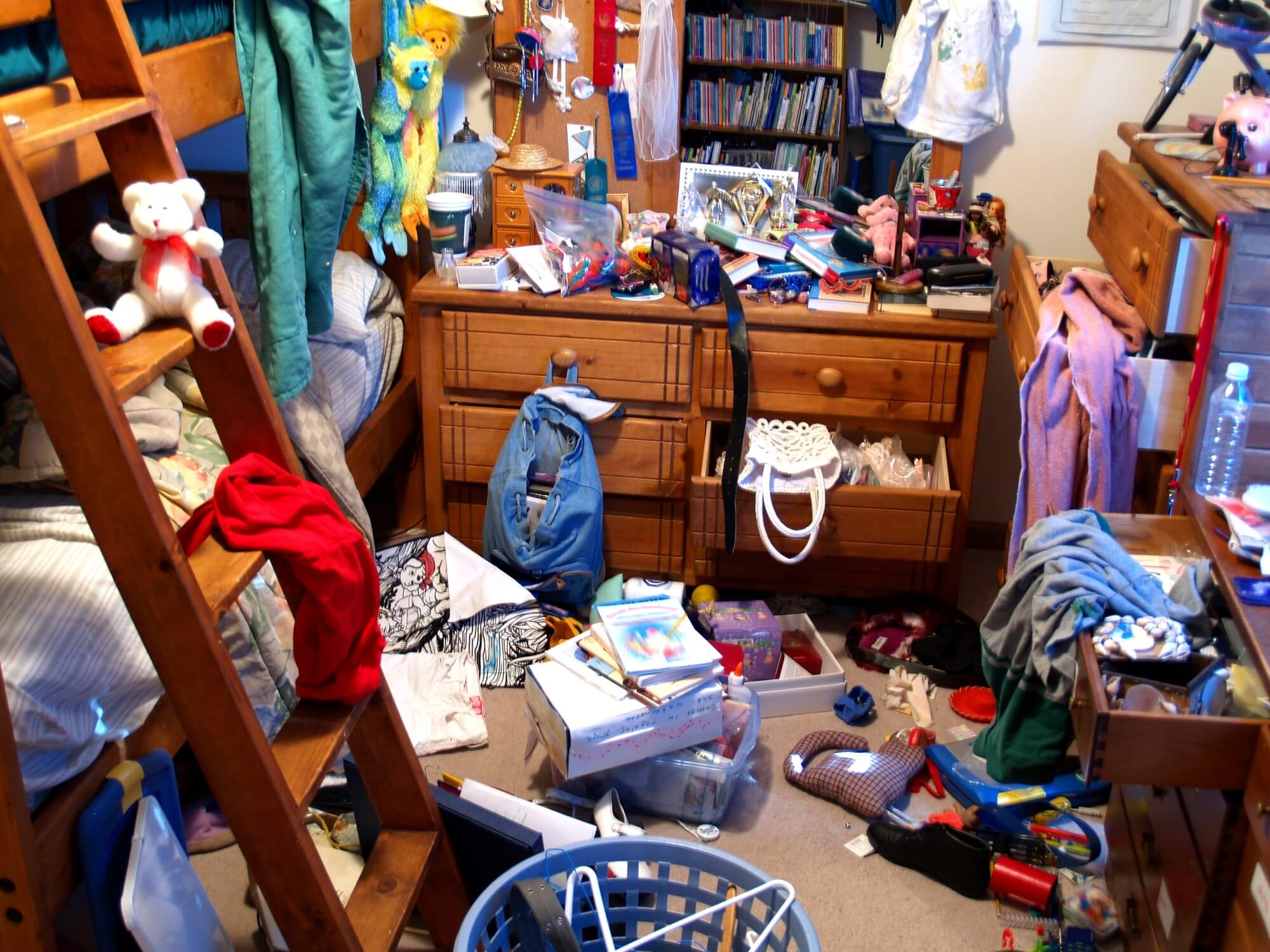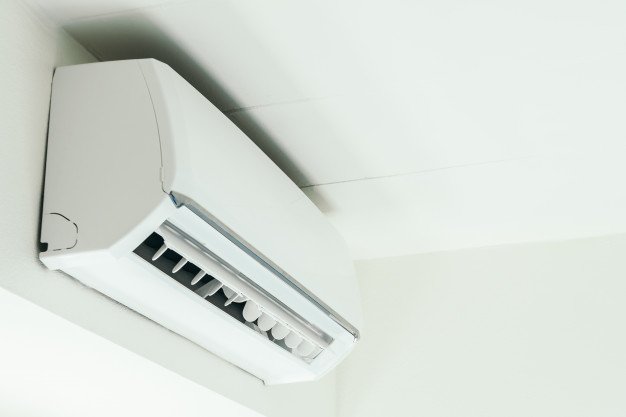Are you guilty of hanging on to items you don’t need anymore?
Is your home starting to look more like the dwellings of a pig than a person?
It can be easy to let clutter creep up on you. One minute all of your rooms seem spacious and empty, but the next you realize your entire floor is covered with items.
Getting rid of clutter is an important step in having peace of mind. This article will give you seven tips on eliminating clutter so you can start to think more clearly.
1. Begin With the Bedroom:
Your bedroom should be a sanctuary for you.
It should be the place you can go to relax and get away from the world. If your bedroom is full of junk, it’s not likely to be relaxing.
Start by putting all of your items in a pile. This will enable you to take inventory of what you have.
Get two giant trash bags, one for trash and one for donations. Put all the items you want to throw away in one bag and put the items you want to donate in the other.
Once you get rid of all the useless junk you don’t use anymore, you’ll be able to find places to store the items you really value.
Getting your bedroom tidied first will motivate you to fix the entire house.
2. Kill the Clutter in Your Kitchen:
Your kitchen is where you prepare your food, so you want to make sure it’s a clean environment.
Begin by throwing away any food that is expired. Look through your pantry and toss and spices or soups that may have been sitting there for decades.
Make room in your cabinets by throwing out extra Tupperware. Only keep the Tupperware that has a lid. Make sure every base has a matching lid.
Discard any old pots and pans that go unused.
Cleaning out your kitchen will ensure you don’t develop a pest problem. Rodents, roaches, and other insects won’t want to make a home in a clean kitchen.
3. Get the Family Involved:
Decluttering doesn’t have to be a one-man job.
Send in some recruits, aka your children and spouse, to help you.
Turn banishing clutter into a game for your kids. Set up trashcans like basketball hoops and see who can get the most useless items inside.
Give them incentives for donating old clothes and toys they don’t use anymore. Tell them they can’t have any new toys until they donate some.
Your children need to learn the art of letting go as much as you do. You can’t keep accumulating items into your home unless you take some out of it.
Otherwise, you might end up a hoarder and need serious hoarding help.
4. Put on Some Music:
Any task can be made easier with the right music.
Put on music that motivates you and watches as your body kicks into overdrive. Before you know it, your entire house will be clean.
Dance around as you clean to burn some extra calories and have a blast doing it.
5. Use the KonMarie Method:
Marie Kondo has become famous for her method of getting rid of clutter.
She says you must think carefully about each and every item in your home. Hold it up to your chest and ask yourself if it “sparks joy.”
If it does spark joy, you keep it. If it doesn’t make you feel happy, you should thank it for its time in your life and then discard it.
This method causes you to be more mindful of your belongings. It makes you think about what items you care about.
6. Don’t Get Overwhelmed:
The easiest way to give up on your de-cluttering journey is to try to do too much at once.
You can’t possibly tackle your entire house in one day and do a good job. Instead, focus on one room at a time.
Schedule in time to clean in your day so it doesn’t take away from other responsibilities.
If you schedule in 20 minutes a day for a week, you’ll notice big progress at the end of the week. You’re less likely to give up that way then if you tried to do several hours in one day.
Slow and steady wins the race and the clean house.
7. Keep it Clean:
If you don’t want to have to go through the stress of cleaning everything all over again, take steps to keep your home under control.
As soon as you’re done using an item, put it away in it’s designated storage place.
When you’re done eating, do the dishes. When your laundry is done, fold it. When the trash is full, take it out.
When you do these small chores every day, they won’t pile up on you. You must commit to the habit of tidying up after yourself. It will make you feel better and make your home look better for guests.
Start Getting Rid of Clutter Today:
The key to getting rid of clutter is commitment.
You have to want to eliminate clutter and set realistic goals to get there. Picture how great your house will look once you’ve cleaned out all the excess.
Close your eyes and envision how easy it will be to find something when everything has its own place. You’ll be able to save so much extra time in your day because you won’t be sifting through things for hours trying to find what you need.
Enjoy this article? Want to tell us some of your best tips for eliminating clutter? Please contact us here.
Read Also:

























